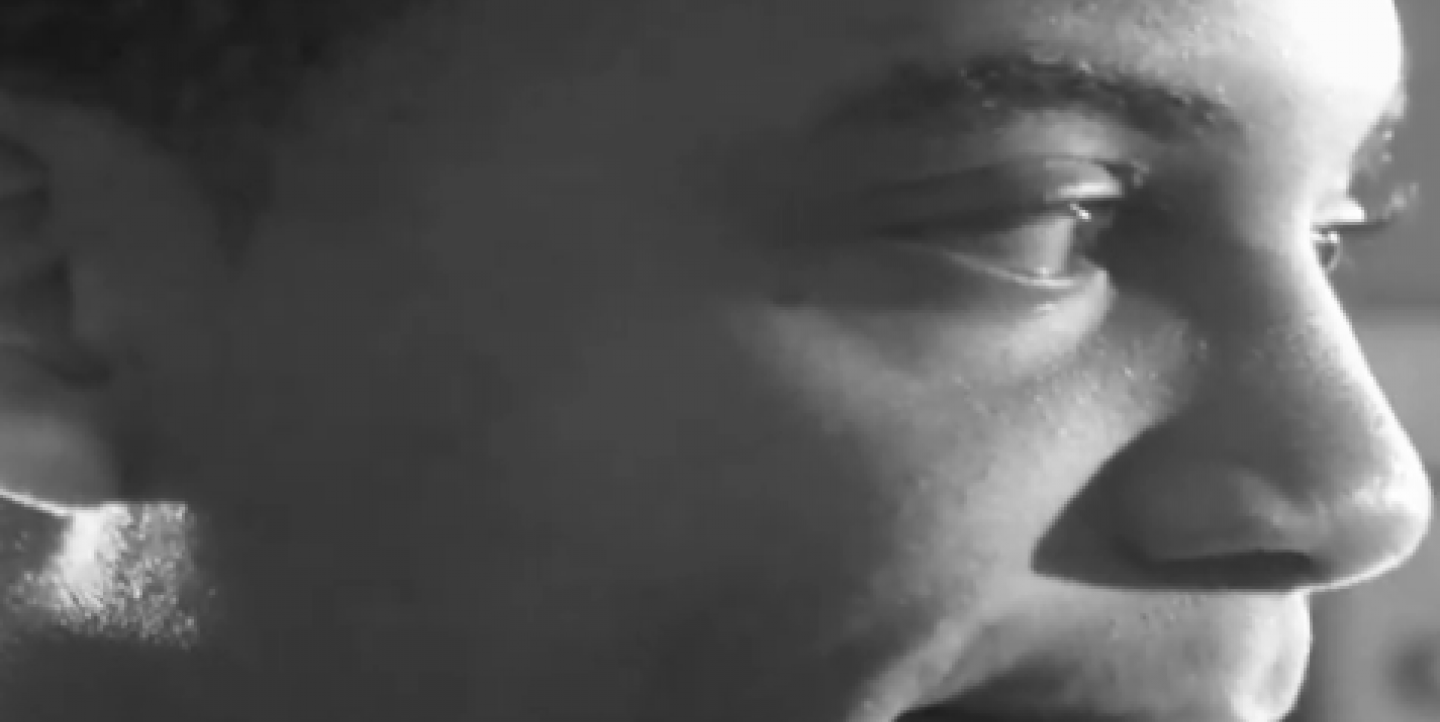The effective use of visual clips is a foundation for good storytelling. Sequences condense time, maintain the viewer’s interest and provide context and detail for advancing the story.
In a new IJNet video, media production professor David Burns explains how to edit visual sequences into your videos.
Here are four of his tips:
1. Provide context and detail
Use a combination of wide shots, medium shots and close-up shots to weave a coherent storyline. “The human brain prefers to process images first by taking in a wide vista, then segmenting that wide shot into smaller areas of interest, and lastly, by examining the details in a scene,” Burns says.
2. Mix it up.
When editing a visual sequence, keep the piece moving with a series of edits that use a variety of shots, various camera angles and many close-ups. Take several seconds to establish the scene with a wide shot. Bring the viewer’s attention to a portion of the scene with a medium shot, then provide detail of the action with close-up shots.
3. Use a lot of close-up shots.
Close-ups are the key to good storytelling, Burns says. Your story should have four to five times more close-up shots than wide shots or medium shots.
4. Avoid jump cuts
The term "jump cut" refers to a disruption of continuity in action that confuses the viewer or violates a rule of time or logic. Close-ups help avoid jump cuts since they only show a portion of the scene.
To see examples, watch Burns' video (in English) here.
Photo: Still image from IJNet video.


